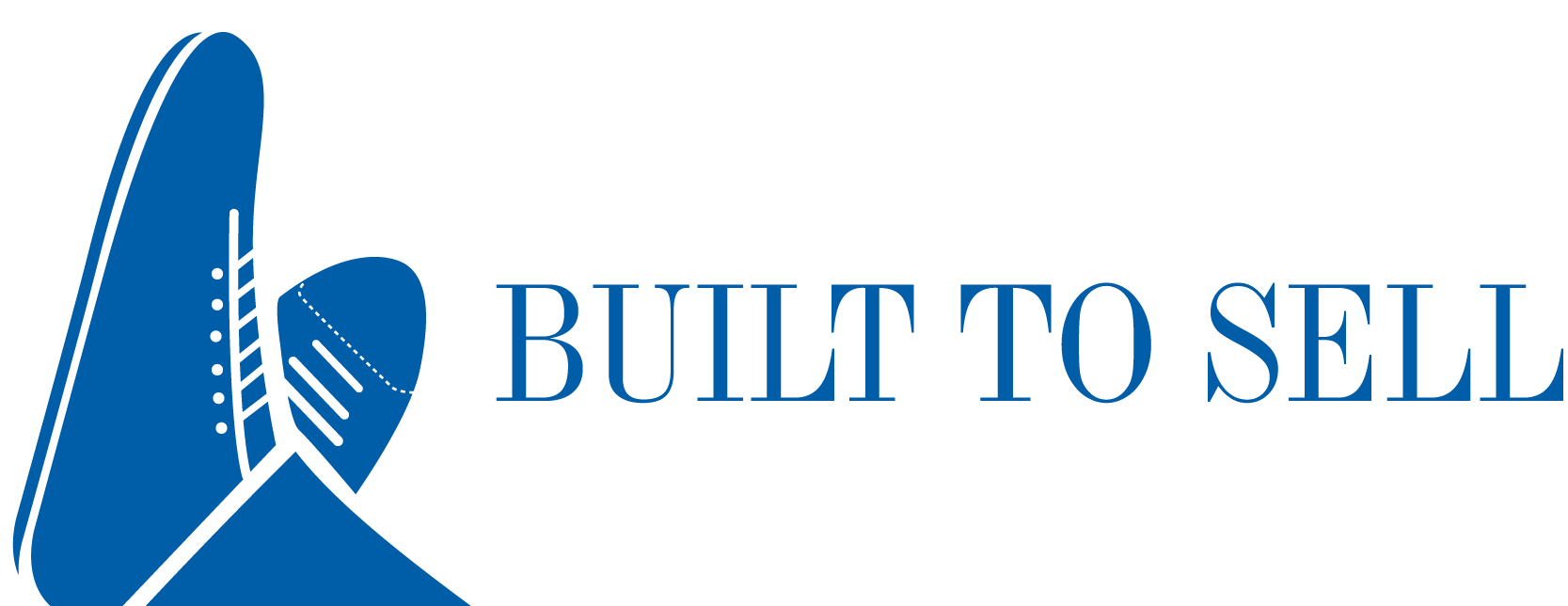Customer Satisfaction
Most business owners know intuitively how satisfied their customers are, but as their company grows, some owners lose touch with their customers. Being able to objectively measure the satisfaction level of your customers is essential to maintaining their loyalty.
Net Promoter Score:
While many business owners use some sort of customer satisfaction survey, according to Fred Reichheld, author of The Ultimate Question, most of these surveys do a poor job of predicting the likelihood of a customer either repurchasing from you or referring your company to a friend.
Determined to find a better way to quantify how well a company is serving its customers, Reichheld and his colleagues developed the Net Promoter Score (NPS) methodology. The NPS methodology is based on asking customers a single question that is predictive of both repurchase and referral: “On a scale of 0 to 10, how likely are you to refer our company to a friend or colleague?”
Reichheld discovered that when customers answered this question with a 9 or 10, they were statistically more likely to repurchase from the company, refer it to others, or do both. The companies that scored well on this measure were more likely to grow than lower-scoring companies.
Not surprisingly, the news that a researcher had discovered a way to predict growth, triggered Fortune 500 companies around the globe to latch on to the methodology. More importantly, many acquirers – both strategic and financial – use the NPS methodology to evaluate their business units and potential acquisitions.
How does your company measure up?
To see how your company measures up, hire an independent consultant to survey a group of your customers before going to market by asking Reichheld’s question: “On a scale of 0 to 10, how likely are you to refer our company to a friend or colleague?” Those who reward you with a 9 or a 10 are your “Promoters” in Reichheld’s lingo. Your “Passives” are the customers who give you a 7 or 8; they are satisfied, but not likely to repurchase from you or refer your company anytime soon. Your “Detractors” are the angry customers who score you between 0 and 6. To calculate your NPS, take the percentage of your customers who are Promoters and subtract the percentage of Detractors.
Reichheld found the average NPS among the companies he surveyed was 10% to 15%. If your score is north of 15%, you’re above average and you can expect your company to grow at a rate faster than the economy. A small handful of companies have achieved a NPS of at least 50%, which Reichheld defines as “World Class.”
As popular as the NPS methodology is among the Fortune 500, it is even better suited for use among smaller companies for several reasons:
- It’s easy: A consultant can deploy the questionnaire in five minutes using a survey tool like Survey Monkey and enjoy a very high response rate because answering it is not a burden on respondents.
- It gives you a common language with investors: If you’re planning to sell all or part of your company in the future, tracking your customer satisfaction using a well-established, recognized tool allows potential acquirers and investors to quickly gauge how satisfied your customers are relative to those of other companies they have invested in. Many private equity firms and venture capitalists will insist on performing an NPS survey with your customers before they invest in your business.
- It’s predictive: Unlike most surveys, which ask respondents a litany of time-consuming questions that render interesting but often irrelevant data, the NPS methodology asks the only question that has been proven to predict the likelihood that a customer will repurchase or refer you — the two things that fuel the growth of any business.
Customer Satisfaction is one of eight drivers of your company’s value. Get your score on all eight by completing your Value Builder Questionnaire.



